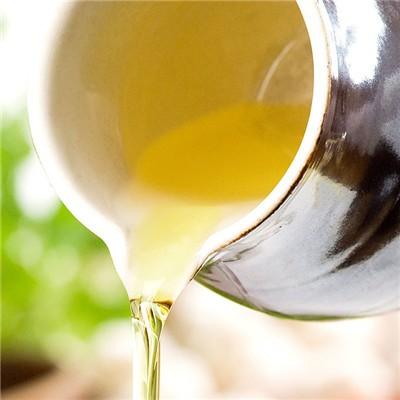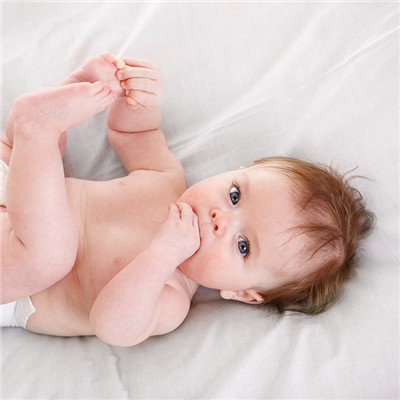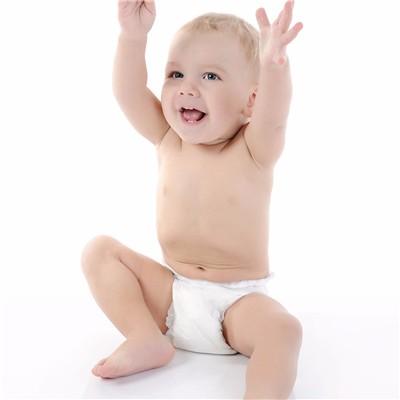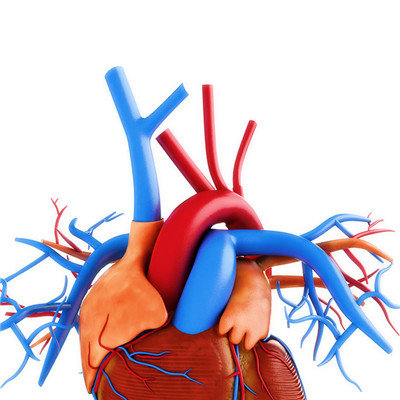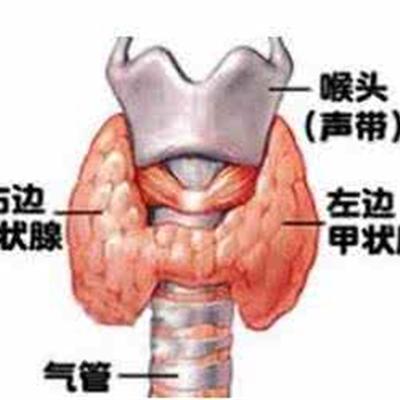What are the types of infant eczema
summary
It is very easy to have eczema in the wrinkled part of the newborn's body, and the causes and symptoms of these eczema are different, so the treatment methods are also different. We should first make clear what type of eczema our children suffer from. Pediatric eczema is a common skin disease in pediatrics. Children often appear in the body due to poor contact with allergic factors There are needle size red papules, with the continuation of the disease, there will be blisters, pustules and other symptoms accompanied, we generally only understand these, in fact, for children with eczema in clinical divided into many types. So, what are the types of eczema in children?
What are the types of infant eczema
1. Seborrheic type: the baby within three months, forehead, cheek, brow skin flush, covered with yellow greasy scab, the top of the head is thick yellow serous scab. Later, chin, neck, axillary and groin can have erosion, flushing and exudation, we call seborrheic eczema. Generally, children can self heal when they improve their diet after 6 months.
2. Exudative type: it is more common in obese infants of 3-6 months old. Symmetrical red papules of rice grain size can be seen on both cheeks, accompanied by small blisters and erythema. They are flaky, with ulceration, exudation, scab, especially itching, so as to scratch the bloody scratch and bright red wet rotten surface. If the treatment is not timely, it can spread to the whole body, but also secondary infection.
3. Dry type: it is more common in children aged 6 months to 1 year old. It is characterized by patchy dense small papules, redness and swelling on the face, limbs and trunk, hard furfural desquamation and scaling scab, without exudation. We also call it dry eczema.
matters needing attention
The types of infant eczema can be divided into many types. We should have some understanding of it. As long as we observe carefully in our daily life, the probability of disease in our body will gradually decrease. We should pay attention to daily observation and preventive measures. In addition, if you have unknown papules in your daily life, you should check and treat them in time.




